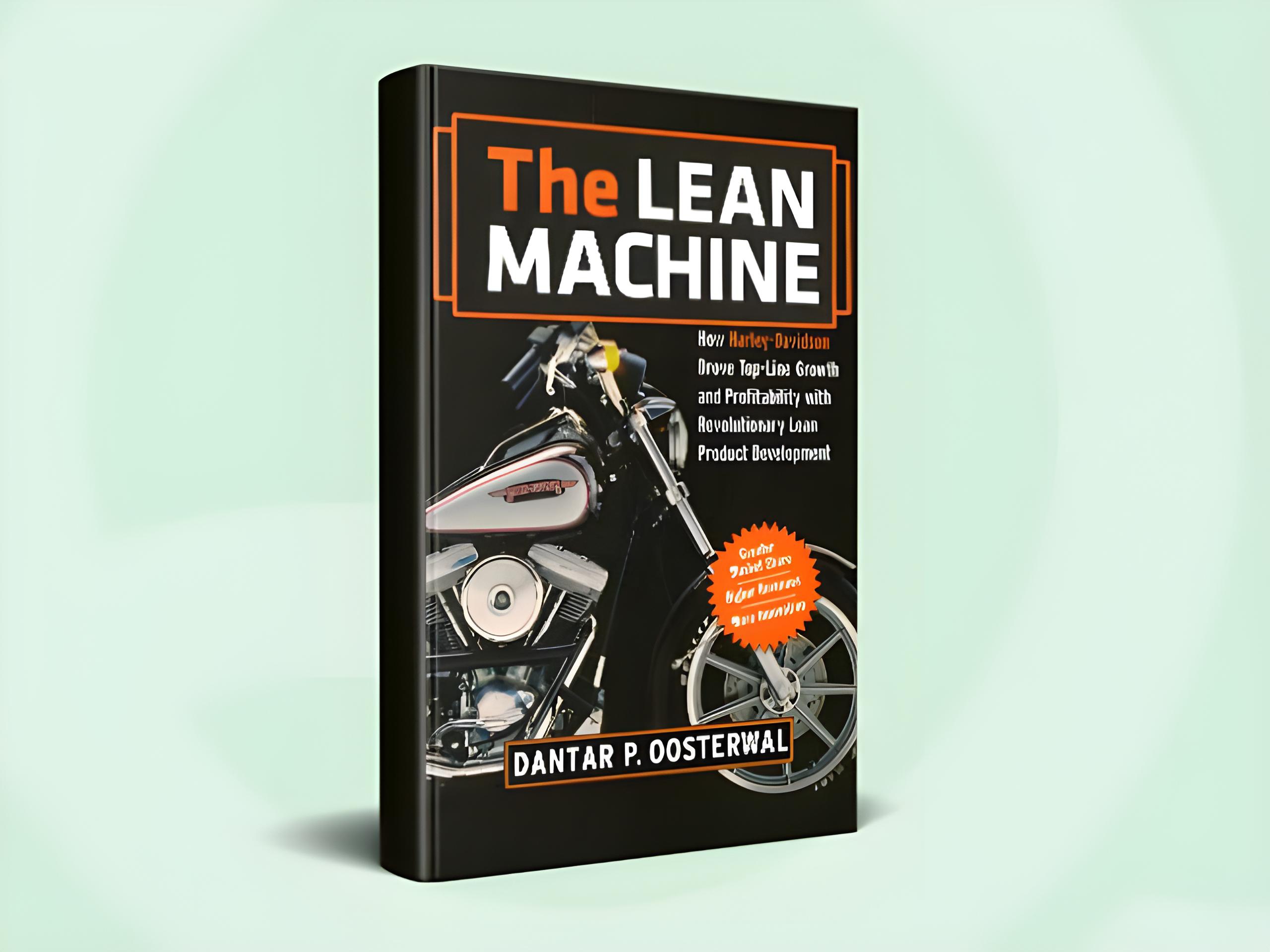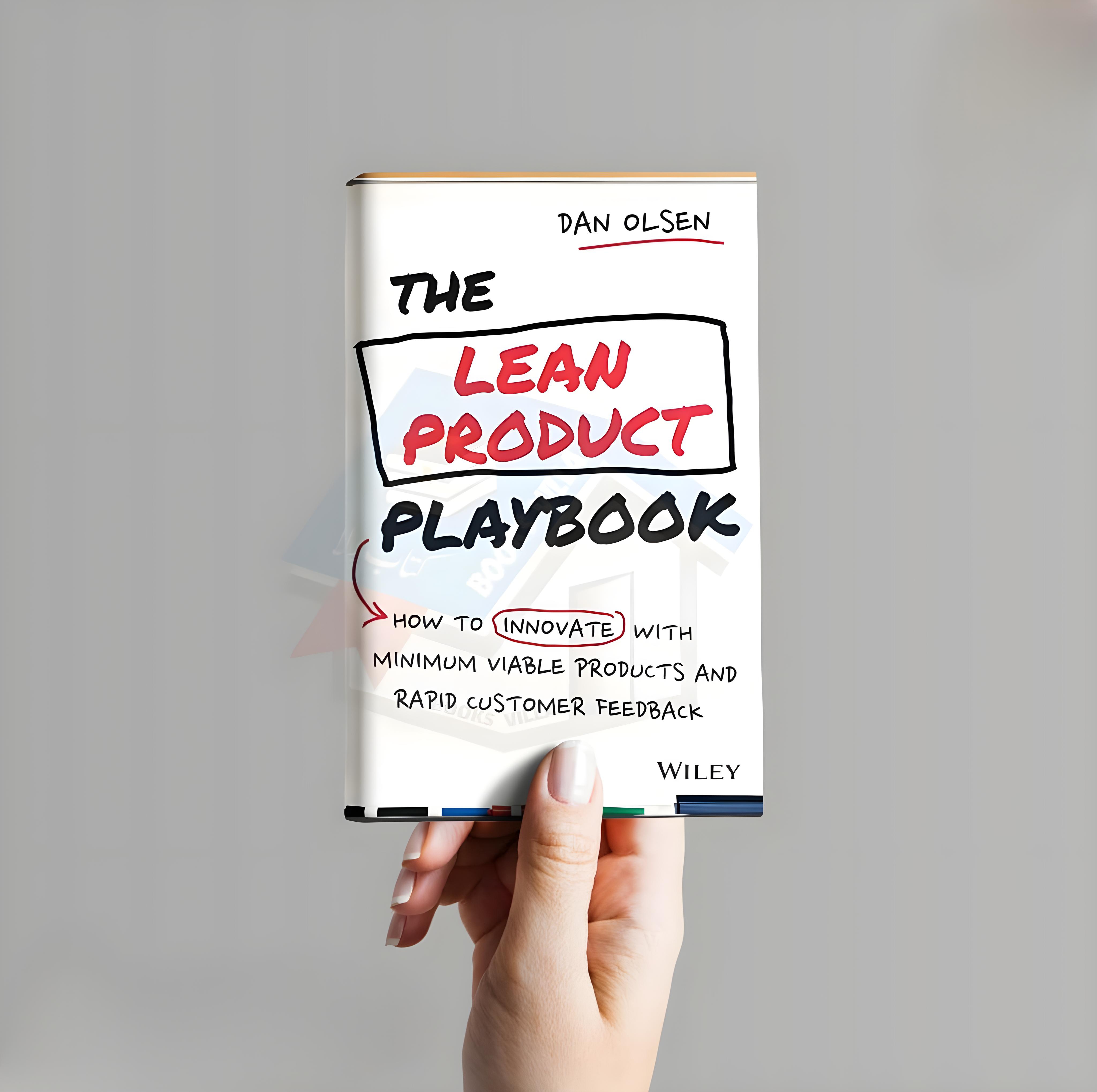Back
SHIV DIXIT
CHAIRMAN - BITEX IND... • 1y
📖 DAILY BOOK SUMMARIES 📖 🔗 DIRECT FREE E-BOOK DOWNLOAD LINK AVAILABLE — https://drive.google.com/file/d/1Xp4iDEPyMi8Vw7arhtmRLzh_ztZYMBCW/view?usp=drivesdk 🔥 The lean Machine 🔥 🚀 20 Lessons By 👉 ✨ Dantar P. Oosterwal ✨ 1. Lean Principles in Product Development: • Adapting lean manufacturing practices to streamline product development processes for faster and more efficient results. 2. Continuous Improvement (Kaizen): • Emphasizing ongoing improvements at every stage to eliminate waste and increase value. 3. Focus on Value Creation: • Ensuring that every process and activity directly contributes to customer value. 4. Cross-Functional Teams: • Utilizing diverse skill sets within teams to enhance collaboration and problem-solving. 5. Iterative Development: • Implementing short cycles of planning, testing, and feedback to refine products progressively. 6. Early Problem Identification: • Catching and addressing issues at early stages to minimize costly delays later in the development process. 7. Rapid Prototyping: • Quickly building and testing prototypes to gain insights and accelerate learning. 8. Customer Feedback Loops: • Incorporating customer input frequently to ensure the product aligns with market needs. 9. Reducing Lead Time: • Streamlining processes to decrease the time it takes for a product to move from conception to market. 10. Flexibility and Adaptability: • Being prepared to pivot and adjust strategies as necessary based on new information or challenges. 11. Value Stream Mapping: • Analyzing the flow of materials and information to identify inefficiencies and areas for improvement. 12. Standardized Workflows: • Developing repeatable and consistent processes to ensure quality and efficiency. 13. Visual Management: • Using visual tools (e.g., Kanban boards) to track progress and make project status clear to all stakeholders. 14. Empowerment and Accountability: • Encouraging teams to take ownership of their work and hold themselves accountable for outcomes. 15. Limiting Work in Progress (WIP): • Avoiding multitasking overload by focusing on a few tasks at a time for greater effectiveness. 16. Minimizing Waste: • Identifying and eliminating non-value-adding activities to streamline operations. 17. Root Cause Analysis: • Using techniques like the 5 Whys to get to the core of issues and prevent recurrence. 18. Transparency and Communication: • Fostering open communication channels across all departments to facilitate collaboration and reduce misunderstandings. 19. Data-Driven Decisions: • Utilizing data and metrics to guide development choices and measure improvements. 20. Sustaining a Lean Culture: • Embedding lean methodologies into the company culture for long-term adherence and benefits.

More like this
Recommendations from Medial
Codestam Technologies
We make automations ... • 5m
In tech, it’s easy to focus on features. But the real power? Connection. - Teams that trust - Clients & builders - Product & purpose At Codestam, we build systems that connect people, processes, and potential. Because connection powers everything
See MoreDebojyoti Das
Go Big or Go Home • 5m
Looking for full-time, on-site role for a Senior Product Manager - Co Founder at our Kolkata office. The Senior Product Manager will be responsible for leading product development, managing the product lifecycle, and collaborating closely with vario
See MoreAJJU KOTA
Hey I am on Medial • 1y
Hello, I am looking to connect with food scientists or experts in Hyderabad who specialize in product research and development, particularly in areas such as pasteurization, shelf-life extension, and overall product safety. The project involves deve
See MoreAtharva Deshmukh
Daily Learnings... • 11m
Today I will be writing about the Product Development Lifecycle There are 5 stages of the Product Development Lifecyle: 1) Development 2) Introduction 3) Growth 4) Maturity 5) Decline Development: Earlier, it was considered that development only in
See MorePragadeesh Gurumoorthy
Chief technological ... • 2m
Build Your IP. We Handle the Build. Stop renting talent and start owning your assets. If you’re a founder or business leader, your time is your most valuable resource. Don't waste months recruiting, onboarding, and managing a junior internal team.
See More
Anansh Verma
Have patience, it's ... • 9m
5 Key Principles of The Lean Startup given by Eric Ries: 1. Entrepreneurs Are Everywhere Innovation can happen in any environment, not just startups. Anyone solving a problem with limited resources can adopt a lean mindset. 2. Validated Learning
See MoreDownload the medial app to read full posts, comements and news.































